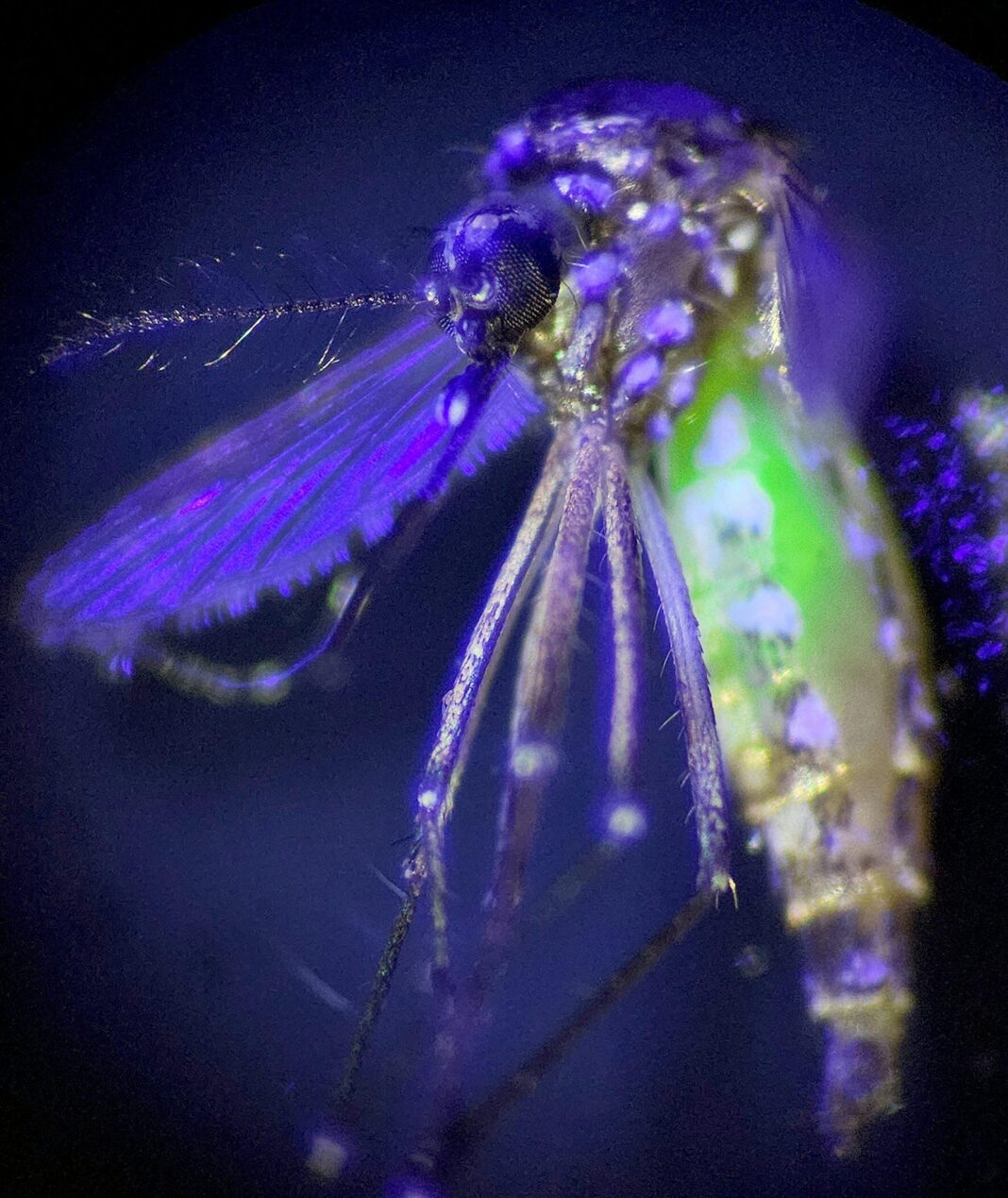Humans have an exceptional ability to deal with viruses. In most cases, your immune system is able to fight an infection. On the other hand, your body provides a spa-like environment that is temperate and stable, optimal for viruses to replicate. Human behavior, including close contact with animals and frequent travel, also increases the likelihood of becoming infected.
From the perspective of viruses spread by insects, or arboviruses, making the evolutionary leap from insects to humans is a tough battle. Viruses cannot replicate very well in humans, which means transmission from mosquitoes is often very difficult.
One might think arboviruses continually evolve in ways that enable them to infect more species. But do they?
We are a virologist and an entomologist who study insect-borne and viral diseases and how human and insect immune systems respond to invading pathogens. Our work provides insights on the complex journey of an arbovirus as it cycles between insect and vertebrate hosts.
As an example, let’s use a Togavirus, the mosquito-transmitted arbovirus that causes eastern equine encephalitis, or EEE. This rare but serious disease can cause a potentially fatal neurological condition in humans and horses. Although EEE is primarily endemic to the eastern United States, its incidence in recent years has increased in regions farther north, with several reported cases in states such as Michigan, Massachusetts and New York.
A female mosquito’s inner workings – particularly its guts and salivary glands – create the perfect environment for a virus to flourish.
When a mosquito bites an infected nonhuman host, such as a sick bird, the virus is transported with freshly ingested blood into the mosquito’s midgut – the equivalent to the human stomach and intestines where food is stored and digested. The virus quickly infects midgut cells to avoid a hostile digestive environment and quietly replicates without activating the mosquito’s immune pathways.
Within days, the virus will be released by damaged midgut cells to migrate to the mosquito’s salivary glands, where it will be positioned for transmission. Now, each time the mosquito feeds, it will pump virus-saturated saliva into its new animal host and continue the disease transmission cycle.
It is easy for the virus to avoid detection by the mosquito’s relatively primitive immune system. Compared with humans, the immune system of mosquitoes can launch only a generalized and overall less effective attack on pathogens. This means an arbovirus can usually establish a persistent, lifelong, almost symbiotic infection without damaging the mosquito’s health, perfect for the virus to disseminate itself.
Mosquitoes have evolved over millions of years to become tolerant to arboviral infections. This relationship has allowed the mosquito to maintain viral populations without having to launch energy-expensive immune responses. However, this does not mean mosquitoes are just passive virus carriers. An arbovirus can change how infected mosquitoes behave or reproduce.
For example, viruses can manipulate mosquitoes in two ways: by making them feed more frequently, and by increasing their attraction to infected hosts. However, this behavior puts the mosquito at greater risk of being killed by irritated hosts who notice the repeated biting attempts. Arboviruses can also affect mosquito reproduction by sometimes reducing the number of eggs a female mosquito produces and increasing the length of time it takes for the eggs to mature. In some cases, these viruses can even sterilize female mosquitoes.
Arboviruses have evolved to expertly use mosquitoes as both transportation vehicles and breeding grounds. By spreading and multiplying without severely harming their insect hosts, these viruses ensure their own survival and continued transmission.
The virus must overcome several barriers to successfully colonize a human host.
The initial step for successful disease transmission – the virus’s ultimate goal – is perhaps the easiest: The EEE virus infects humans when a virus-infected female mosquito has an unquenchable appetite for warm blood. From the moment the virus is deposited under the skin through the mosquito’s infected saliva, a tough battle ensues.
The first battle for the virus is to adapt to a typically much hotter setting than the ambient environment – the human body temperature of around 98.6 degrees Fahrenheit (37 degrees Celcius) or higher.
Then, the virus must evade the host’s immediate defenses, which includes physical barriers, such as layers of skin and mucosa, as well as immune cells that detect and attack invading microbes. Once in the bloodstream, the virus faces the adaptive arm of the human immune system, which is capable of targeting specific viral components with exquisite precision, like a biological sniper.
Once the EEE virus reaches the central nervous system – the brain and spinal cord – the immune system can overreact to the infection and inadvertently cause inflammation and damage nerve cells. This can lead to serious long-term effects, such as cognitive impairment.
To persist in this hostile human environment, the virus uses various survival strategies. One technique is creating new mutations on its surface and shape-shifting to avoid immune detection. Another strategy is to hijack human cells to replicate itself, such as using the cell’s machinery to synthesize new viral components and altering how the cell regulates division.
As viruses adapt to overcome immune defenses, both humans and mosquitoes evolve countermeasures to fight infection. The greater complexity of the human immune system makes it especially challenging for viruses to survive and spread between human hosts.
Like many other arboviruses, the EEE virus cannot be transmitted from person to person, which effectively limits its spread among human populations. Your body keeps the virus contained. Consequently, when the EEE virus infects people via the bite from an infected mosquito, it is considered a dead end, as it cannot escape its human host or infect another bloodthirsty mosquito.
So, what does the virus that causes EEE gain by infecting people? Not likely anything. A mosquito-borne virus like the Togavirus that causes EEE prefers its established transmission cycle between mosquitoes and birds. Human infections occur only when a mosquito deviates from its typical menu of birds.
EEE spreads more easily between mosquitoes and birds than it does in humans, which helps explain why human infections don’t happen very often. Thankfully, human bodies simply aren’t the virus’s currently preferred environment.
This article is republished from The Conversation, a nonprofit, independent news organization bringing you facts and trustworthy analysis to help you make sense of our complex world. It was written by: Lee Rafuse Haines, University of Notre Dame and Pilar Pérez Romero, University of Notre Dame
Read more: How do viruses get into cells? Their infection tactics determine whether they can jump species or set off a pandemic Viruses can change your scent to make you more attractive to mosquitoes, new research in mice finds I’ve Never Wanted Anyone More: Goethe adaptation feels more American Pie than high literature
Pilar Pérez Romero is affiliated with the spin-off company Vaxdyn SL as a founding partner.
Lee Rafuse Haines does not work for, consult, own shares in or receive funding from any company or organization that would benefit from this article, and has disclosed no relevant affiliations beyond their academic appointment.













